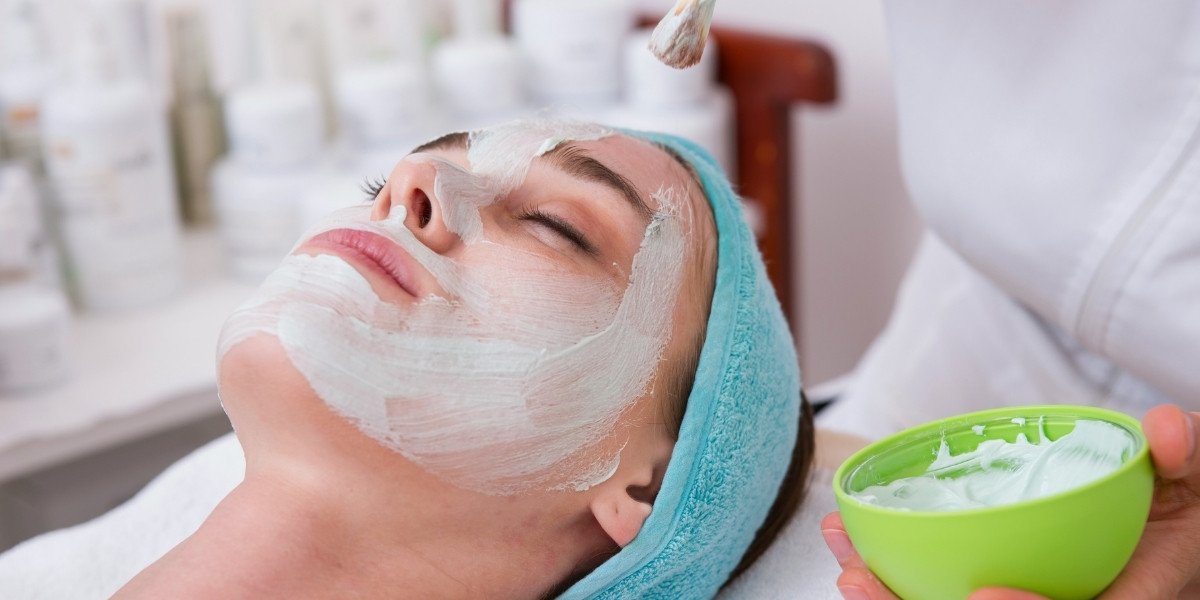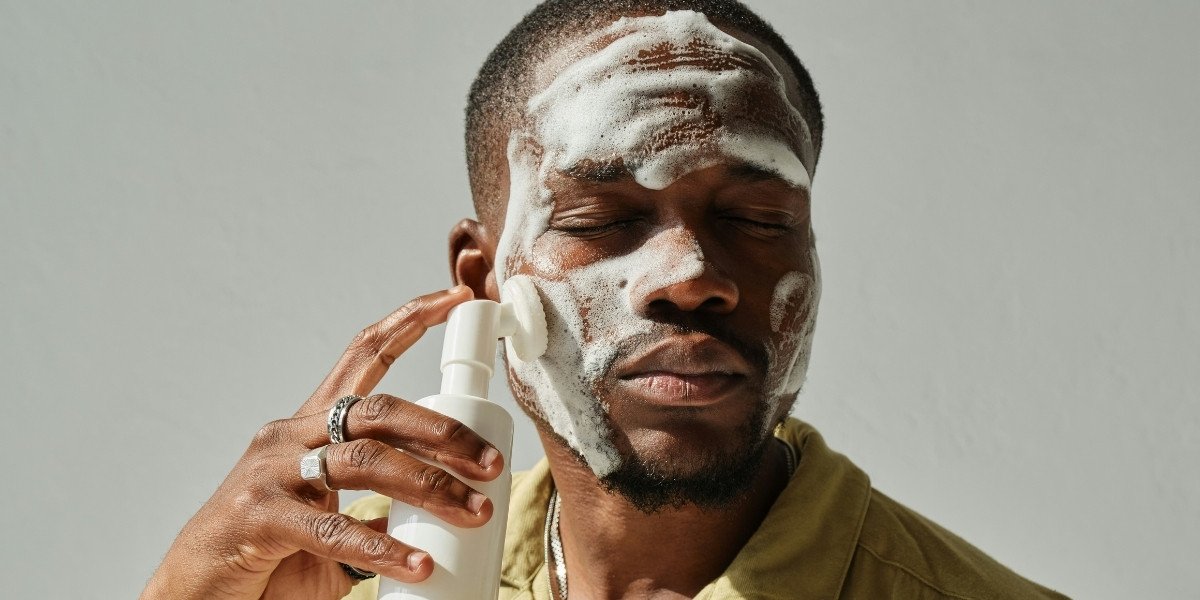In an era seemingly championing diversity and authenticity, a disconcerting phenomenon continues to cast a long shadow over beauty standards, particularly within communities of color: the pervasive use of skin bleaching products, often seemingly endorsed by the visibly lighter complexions of some celebrities. Skin bleaching, also known as skin lightening or skin whitening, is the practice of using chemical substances to reduce the melanin concentration in the skin, aiming for a paler or more even skin tone. While historically rooted in various cultural contexts, its modern prevalence is inextricably linked to deeply ingrained notions of beauty that favor lighter skin, often a legacy of colonialism and colorism.
The allure of lighter skin is not new. Throughout history, in various parts of the world, lighter complexions have been associated with status, wealth, and beauty, often because it indicated a life not spent toiling outdoors. However, the contemporary issue of skin bleaching is particularly insidious due to the potent combination of aggressive marketing, the powerful influence of celebrity culture, and the ready availability of often dangerous products. When prominent figures, particularly those from darker-skinned backgrounds, appear to have significantly lighter complexions, it inadvertently normalizes and even glamorizes a practice fraught with severe health risks and profound psychological distress.
This will delve into the complex and often troubling world of celebrity skin bleaching, examining its historical context, the dangerous health implications, the profound psychological toll it takes on individuals, and the broader societal impact it has on perpetuating harmful beauty ideals. By shedding light on this “dark side of light skin,” we aim to foster a greater understanding of the issues at play and advocate for a more inclusive and healthy vision of beauty that celebrates all skin tones.
What is Skin Bleaching and Its Controversial History?
Skin bleaching, also referred to as skin lightening or skin whitening, is the cosmetic practice of reducing the concentration or production of melanin in the skin to achieve a lighter complexion. This is typically done through the application of chemical substances, many of which can be highly potent and hazardous if used improperly or without medical supervision. Common ingredients found in these products include hydroquinone, corticosteroids, and mercury, each with its own set of risks and side effects that range from mild irritation to severe, irreversible damage.
The desire for lighter skin has a long and complex history, predating modern cosmetics. In ancient civilizations, Egyptians, Greeks, and Romans used various substances, including white lead and chalk, to achieve a paler appearance, associating it with purity, aristocracy, and beauty. Similarly, in parts of Asia, practices to whiten skin existed for centuries, with a proverb stating “A white complexion is powerful enough to hide several faults” in East Asian cultures. These historical trends were often linked to social status, as lighter skin indicated a life of leisure, away from the sun’s darkening rays, unlike those who labored outdoors.
However, the practice took on a more insidious dimension with colonialism and the transatlantic slave trade. European colonial powers often imposed a racial hierarchy where lighter skin was equated with intelligence, beauty, and power, while darker skin was associated with inferiority. This “colorism” became deeply ingrained in many post-colonial societies, leading to an internalized preference for lighter skin that persists today. This historical legacy continues to drive the demand for skin lightening products globally, particularly in parts of Africa, Asia, and Latin America, where lighter skin is still often perceived as a gateway to social acceptance, economic opportunities, and increased perceived beauty.
What Are the Severe Health Risks Associated with Skin Bleaching?

Photo Credit: Unsplash.com
The pursuit of lighter skin through chemical bleaching often comes at a steep price: a range of severe and sometimes irreversible health complications. Many skin lightening products, particularly those sold illicitly or over-the-counter in unregulated markets, contain dangerous levels of active ingredients that can cause significant harm. One of the most alarming is mercury poisoning, as mercury is a highly toxic chemical sometimes included in these creams to inhibit melanin production. Symptoms of mercury poisoning can include numbness, high blood pressure, fatigue, sensitivity to light, neurological issues (like tremors and memory loss), and even kidney damage. Prolonged exposure can lead to systemic toxicity, affecting vital organs.
Another prevalent and dangerous ingredient is hydroquinone, a strong bleaching agent that, when used improperly or for extended periods, can lead to a condition known as exogenous ochronosis. This condition results in paradoxical and permanent blue-black hyperpigmentation on the skin, often appearing as dark, disfiguring patches. This tragic irony means that the very products used to lighten the skin can ultimately cause severe darkening and discoloration that is incredibly difficult, if not impossible, to reverse.
Many skin bleaching creams contain potent topical corticosteroids, which are powerful anti-inflammatory drugs. While they can temporarily lighten skin, long-term or unsupervised use can lead to a host of dermatological problems, including thinning of the skin (making it fragile and prone to tearing), visible blood vessels, stretch marks, steroid-induced acne, and impaired wound healing. Beyond skin-deep issues, the absorption of high levels of corticosteroids into the bloodstream can cause systemic side effects, impacting hormonal balance and potentially leading to conditions like Cushing’s syndrome. The lack of awareness regarding these grave risks among users underscores the urgent need for public health education and stricter regulation of these hazardous products.
How Does Celebrity Bleaching Influence Societal Beauty Standards?
The visibility of celebrities, particularly in the age of social media, grants them immense power in shaping global beauty standards. When a prominent figure, especially one from a racial or ethnic group traditionally associated with darker skin, appears with a significantly lighter complexion, it sends a powerful, often unspoken, message that lighter skin is preferable or more desirable. This phenomenon, sometimes referred to as “beauty whitewashing,” reinforces and perpetuates existing colorist biases within society. It implicitly suggests that even those who achieve immense success feel the need to conform to Eurocentric beauty ideals, thereby validating the harmful notion that lighter skin is intrinsically more beautiful, more professional, or leads to greater acceptance.
This influence is particularly potent in regions where colorism is deeply entrenched, such as many parts of Asia, Africa, and Latin America. Children and young adults, who often look to celebrities as role models, may internalize these images and develop a “bleaching syndrome,” a psychological internalization of preference for the dominant, often lighter-skinned, culture’s ideals. This can lead to decreased self-confidence, self-contempt for their natural skin tone, and a belief that their darker complexion is an obstacle to success or happiness. The subtle or overt alteration of skin tone in celebrity advertisements, even if digitally retouched, further distorts perceptions of reality and exacerbates these insecurities.
The impact extends beyond individual psychological distress to broader societal implications, creating hierarchies within communities of color. Lighter-skinned individuals may be favored in media representation, employment opportunities, and even romantic relationships, while darker-skinned individuals face continued marginalization. This perpetuates a cycle of colorism, where the actions of highly visible celebrities, whether intentional or not, contribute to a beauty standard that remains exclusionary and damaging, highlighting the immense responsibility that comes with their platform.
What Are the Psychological and Societal Impacts of Skin Bleaching?
The psychological toll of skin bleaching is profound and often goes hand-in-hand with the physical dangers. At its core, the motivation for skin lightening is often rooted in deep-seated insecurities, body image issues, and the internalized belief that one’s natural skin tone is inherently less desirable or valuable. This can lead to low self-esteem, self-hatred, and a diminished sense of self-worth. Individuals engaging in skin bleaching may experience significant psychological distress, including anxiety and depression, particularly if they are unable to achieve the desired results or suffer from adverse side effects like permanent discoloration.

Photo Credit: Unsplash.com
Societally, the widespread practice of skin bleaching, fueled in part by celebrity influence, entrenches and reinforces colorism – discrimination based on skin tone, usually favoring lighter skin. This creates a harmful hierarchy within racial and ethnic groups, where lighter-skinned individuals may receive preferential treatment in various aspects of life, from media representation to professional opportunities and social acceptance. This perpetuates a cycle of prejudice, where darker-skinned individuals face systemic disadvantages and are subtly or overtly pressured to conform to an unnatural beauty standard.
The global skin lightening industry, valued at billions of dollars annually, thrives on these insecurities and societal biases. Its aggressive marketing often preys on cultural aspirations for lighter skin, promoting products that promise not just beauty but also social mobility and success. This commercial exploitation of deep-seated insecurities creates a public health crisis that is as much psychological as it is physical, fostering a toxic environment where natural skin tones are devalued. Addressing this complex issue requires not only medical intervention but also broad societal change to dismantle colorism and promote self-acceptance and diverse beauty ideals.
How Can Society Move Towards a More Inclusive Beauty Standard?
Moving beyond the harmful impact of skin bleaching and celebrity influence requires a multi-pronged approach that addresses both individual perceptions and systemic biases. Firstly, there needs to be a radical shift in media representation. This means actively promoting and celebrating diverse skin tones across all forms of media – film, television, advertising, and fashion. Brands and media outlets must commit to showcasing the natural beauty of darker skin, moving beyond tokenism to genuinely embed diverse representations in their narratives and campaigns. This normalization of varied complexions is crucial for dismantling the internalized preference for lighter skin.
Secondly, comprehensive education and awareness campaigns are vital. Public health initiatives, particularly in regions with high prevalence of skin bleaching, need to effectively communicate the severe health risks associated with these products, including mercury poisoning, ochronosis, and thinning skin. Beyond physical dangers, these campaigns should address the psychological toll of colorism and promote self-acceptance and body positivity for all skin tones, empowering individuals to embrace their natural beauty. Schools and community organizations can play a significant role in fostering these conversations from a young age.
Finally, stricter regulation and enforcement of skin lightening products are essential. Governments and health authorities globally must crack down on the illegal sale of hazardous bleaching agents, especially those containing mercury and high concentrations of unprescribed steroids. This includes monitoring online markets and ensuring that product labeling is transparent and accurate. Simultaneously, celebrities and influencers have a moral imperative to use their platforms responsibly, advocating for healthy beauty standards and actively rejecting practices that perpetuate colorism. By combining these efforts, society can collectively move towards a more inclusive, healthy, and genuinely empowering vision of beauty that celebrates the full spectrum of human skin.










